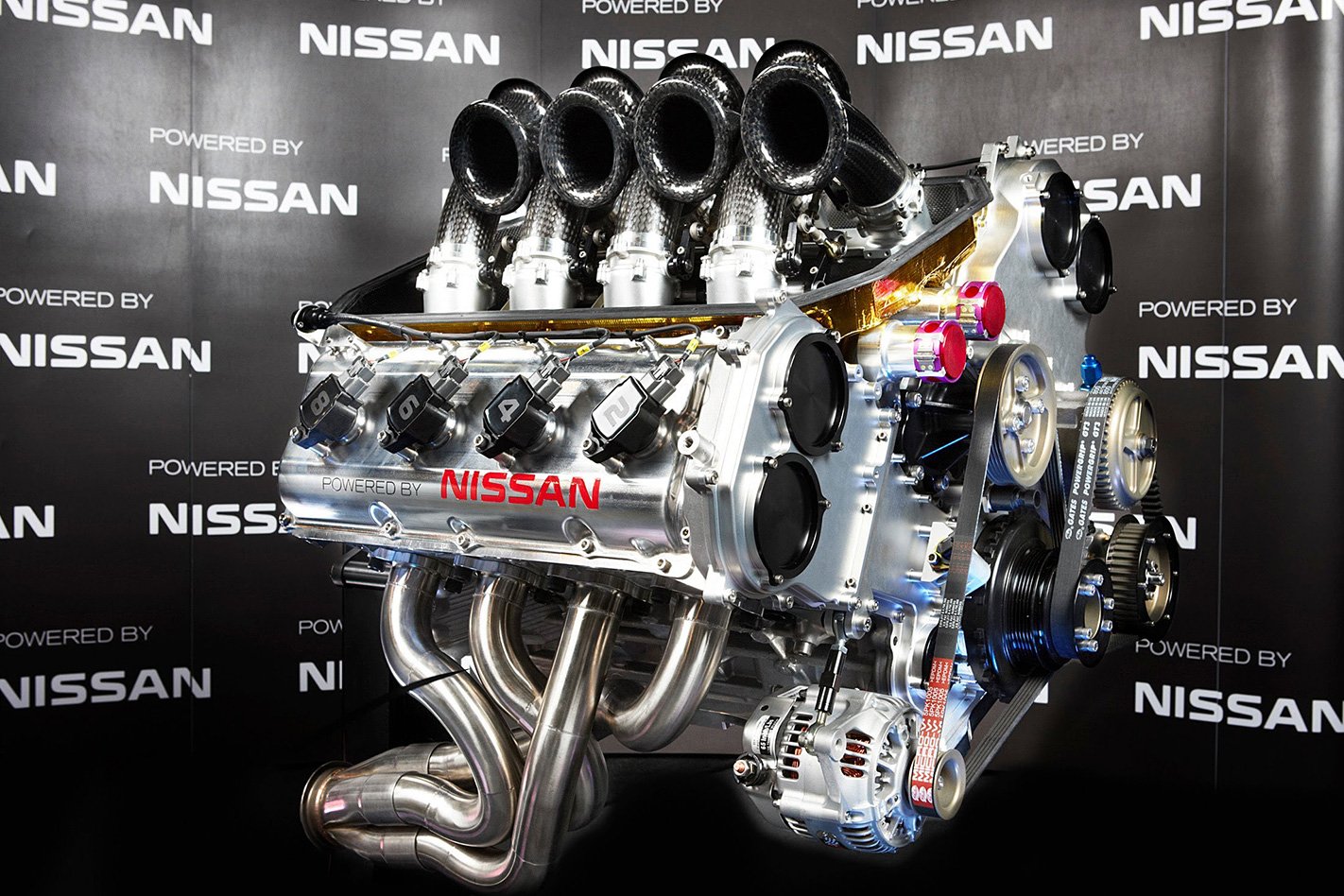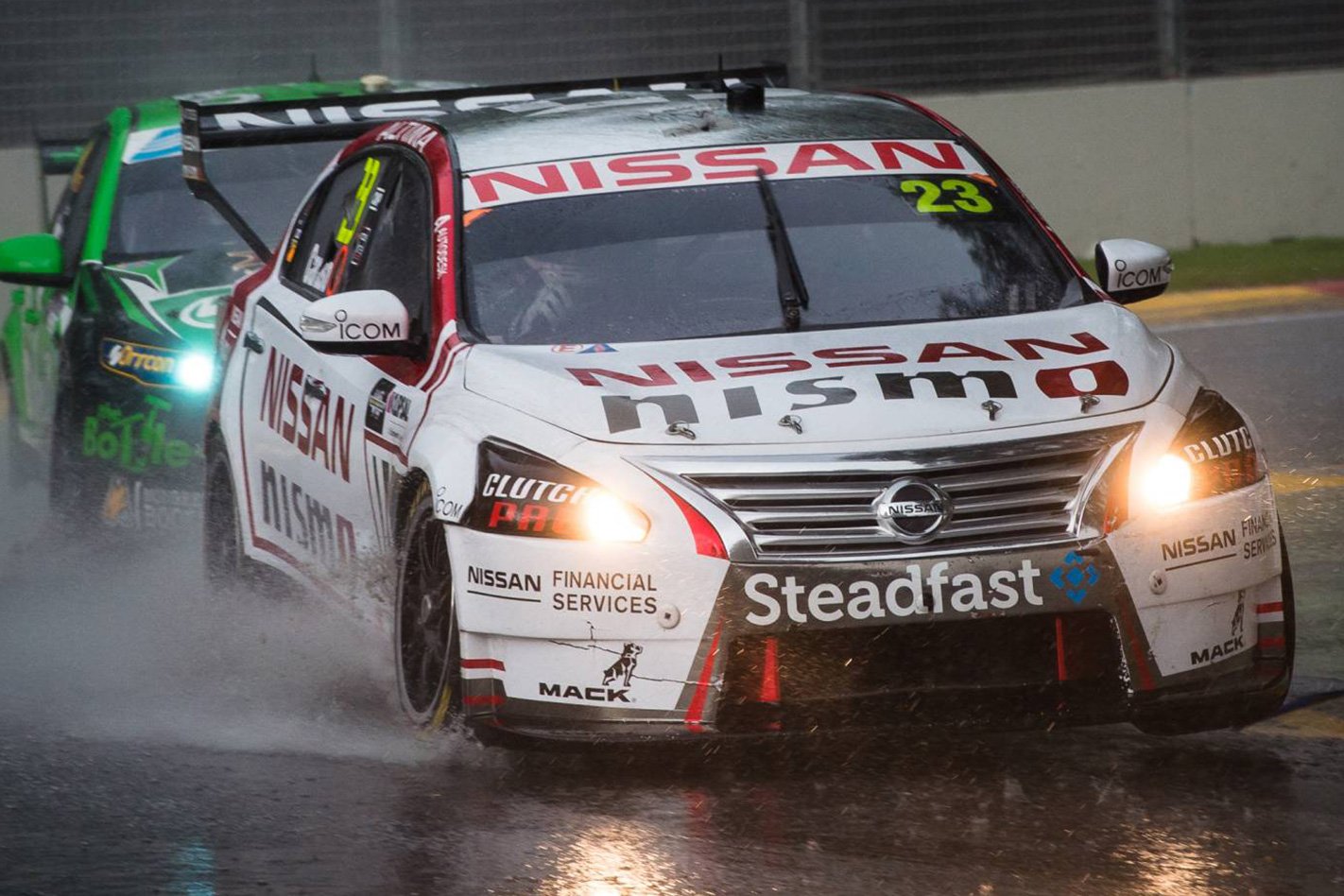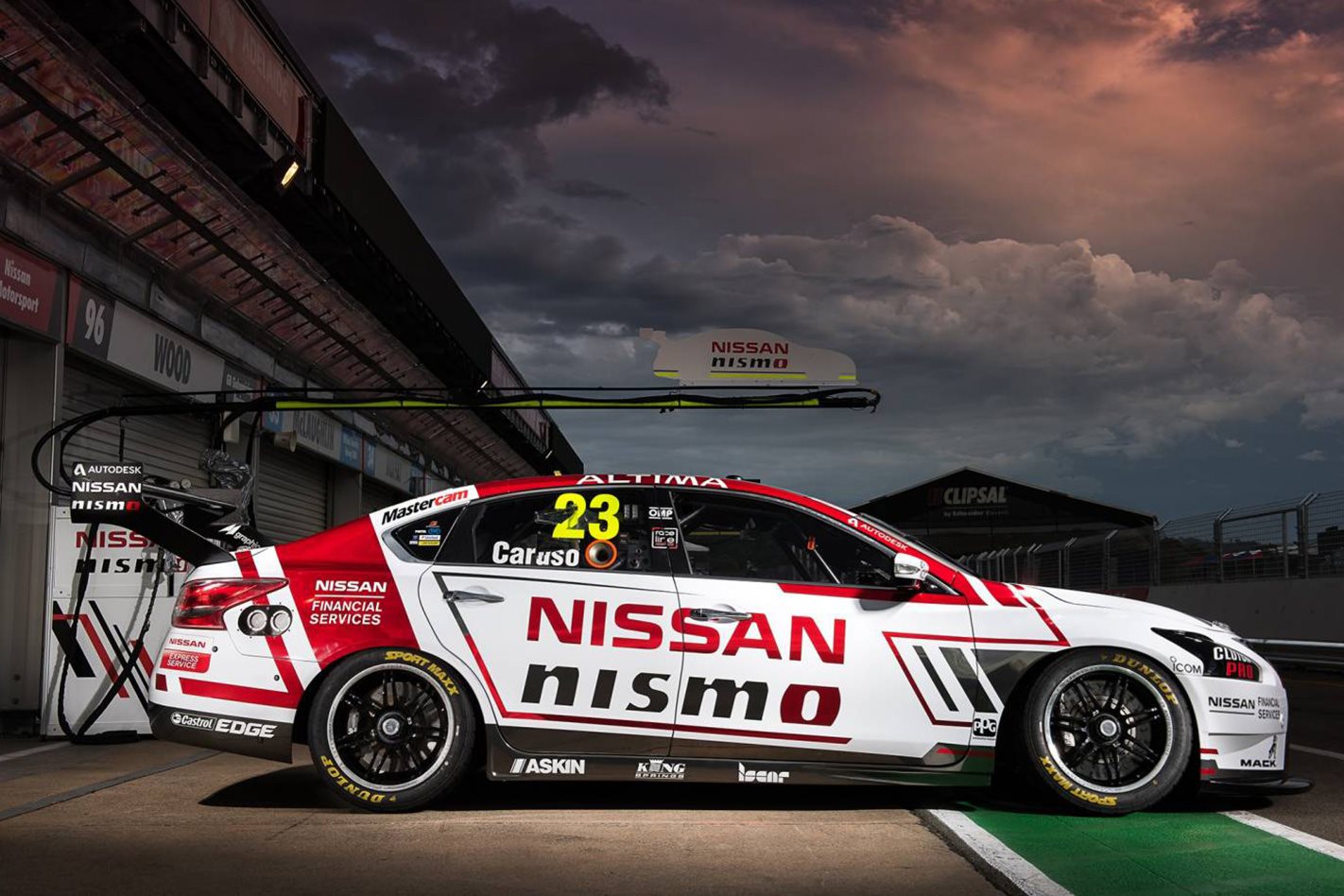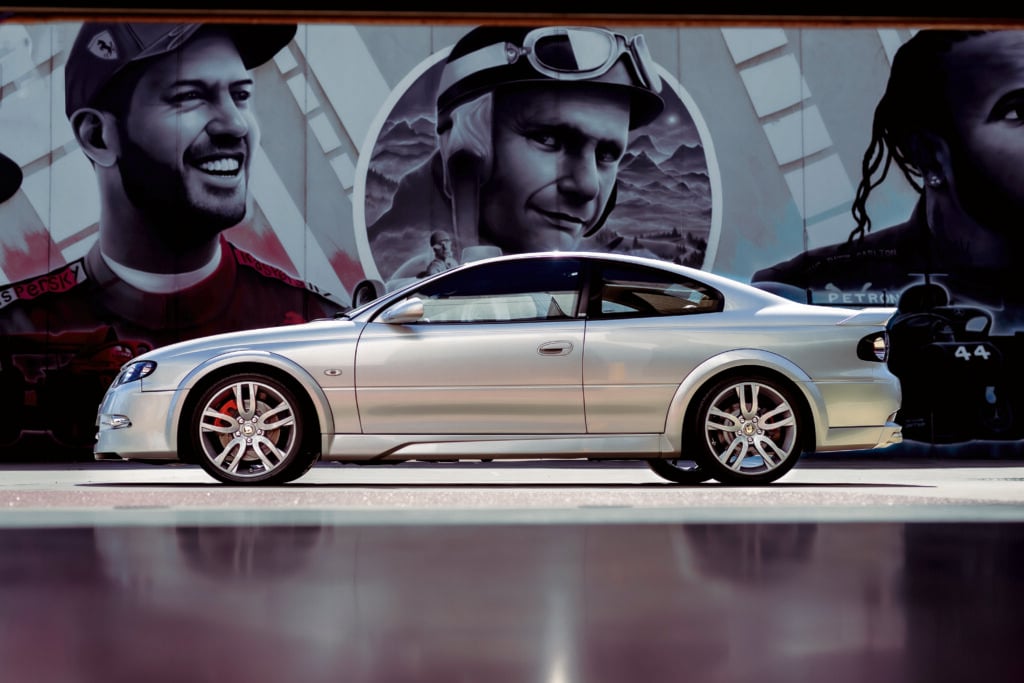Here’s the problem.
You’re a car company that hardly sells passenger cars any more, yet you’re in up to your eyeballs in the nation’s major sedan-based racing series. What’s more, you’re represented by a discontinued model running an orphan V8. The conundrum doesn’t end there.
Your much-vaunted factory team has won just two races in five seasons despite the expenditure of many, many millions of dollars. Basically, you aren’t competitive, so when you factor in market relevance, why bother? Welcome to the dilemma facing Nissan Australia.

This time, though, there are a lot more questions to be answered, not the least of which is whether the local operation wants to stay in Supercars. That fundamental go or no go determination has yet to be made.
Nissan Australia management is still weighing how racing would fit with the company’s product strategy and brand positioning in 2019 and beyond. Further complicating matters, a new managing director arrived in early September, automatically triggering a re-evaluation.
Canadian Stephen Lester replaced local Richard Emery, who was a declared champion of Nissan’s factory team involvement in Supercars. Lester has inherited a racing program that is, literally, foreign to him.
Even though he is interested in racing and, from his Infiniti background, is across its potential for image enhancement, Supercars is unique to Australasia – and, on the surface, at odds with the company’s lack of mainstream passenger cars. Running a racing program that is out on its own is another problem.

The question being asked is: what is Nissan getting out of its multi-million dollar backing of the Kelly Racing-run Nissan Motorsport Australia with its four-car squad of Altima V8s and whether – and how – it aligns with his vision of the company’s future?
He attended the Sandown 500 just a couple of weeks after his arrival and was also at the Bathurst 1000, taking an active interest in the Supercars show and the team’s fortunes. Lester declared at Bathurst that no decision had been made either way on Supercars after next year, and was equally adamant that he is in no rush to deliver a verdict.
Despite the Altima V8’s lack of success in the five seasons, Nissan marketing executives claim a measurable benefit to the brand, maintaining the program is about promoting Nissan rather than the Altima. Furthermore, the company’s research underlines that competing in Supercars particularly appeals to Navara owners, suggesting the involvement reaches a key demographic of ute buyers.
That segment is one of Nissan’s mainstays in Australia as it has become almost totally reliant on pick-ups and SUVs. Which is yet another vexing issue. In the absence of any sedans or even hatchbacks in the foreseeable future, what body shape would a next-gen Nissan Supercars racer adopt?

If Lester determines that a renewed factory backed Supercars program is desirable – which is far from a likelihood, much less a given – then that is only the start.
Nissan HQ and Nismo have to be convinced to support the funding of an expensive local racing program for a small market outside the global corporate motorsport loop (whatever that is going to be). Also, Nismo would have to be brought on board to help develop a Supercars-specific version of the VR38DETT motor.
There would be no reason to persist with the locally developed 5.0-litre racing derivative of the 5.6-litre Patrol V8, which has fallen short of matching the Ford and GM V8s. All that on top of the aforementioned angst over what sedan or coupe model a future local racer’s appearance would mimic.
But wait, there’s still more. If all those problematic planets can be aligned, Nissan Australia would then need to decide whether to stay with Todd and Rick Kelly’s operation, split support with another team or switch its factory backing elsewhere.
Plus, whether to keep funding four cars or cut back to two factory entries with assistance to additional non-works cars. There is a lot to ponder, so don’t be surprised if Nissan’s future in Supercars isn’t known until well into next year.





